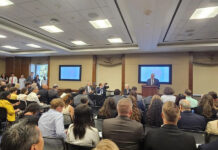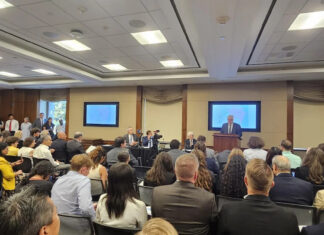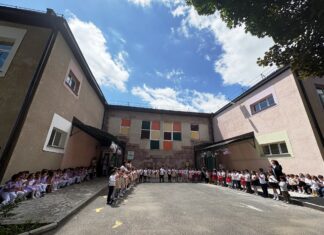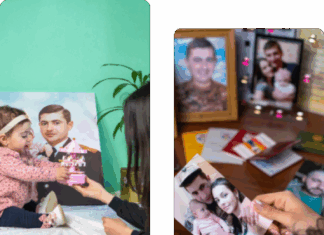GYUMRI, Armenia — It was our long-awaited trip to Armenia, the first since 2019. The Coronavirus pandemic, then repeated, escalating conflict over Nagorno-Karabakh (Artsakh), culminating in the mass expulsion of Armenians in September 2023, had interrupted our happy routine of yearly trips to Yerevan.
In April this year we finally returned for a week-long visit to the capital, several villages nearby, as well as the cultural capital Gyumri.
As always, we stayed at the Berlin Art Hotel, where Alexan Ter-Minasyan, who is also honorary consul of Germany in the Shirak and Lori regions, welcomed us with the news that members of the famous German all-male chorus Ars Musica from Thuringia would be arriving the following day. It was a very special occasion: In the German city of Halle an der Saal on that day, April 25, city representatives were celebrating the Day of City Partnerships.
Halle and Gyumri had decided to become sister cities in 2020, and three years later they officially certified the relationship. It was the first such city partnership between the two nations.
This year, on April 27, we joined their parallel celebration in Gyumri, with a tour of the city, a reception in the municipality and a visit to the conservatory. As the mayor was unfortunately ill, First Deputy Mayor Lusine Sanoyan received us in the city hall. Following introductions by Ter-Minasyan, Sanoyan welcomed the visitors from Germany, who included members of the Rotary Club and expressed her thanks for the continuing cooperation as well as hopes for new projects. She underlined the importance of the TUMO center, an “Armenian export to Germany;” this innovative project, which offers free instruction in computer technology to youngsters 12-18 years old, established its first German center in Berlin in November 2020.
Ars Musica Artistic Director Maik Gruchenberg recalled the process initiated three years ago, which has led to the twin city relationship, and stressed the importance of music as a means to bring peoples from different countries and cultures together.










